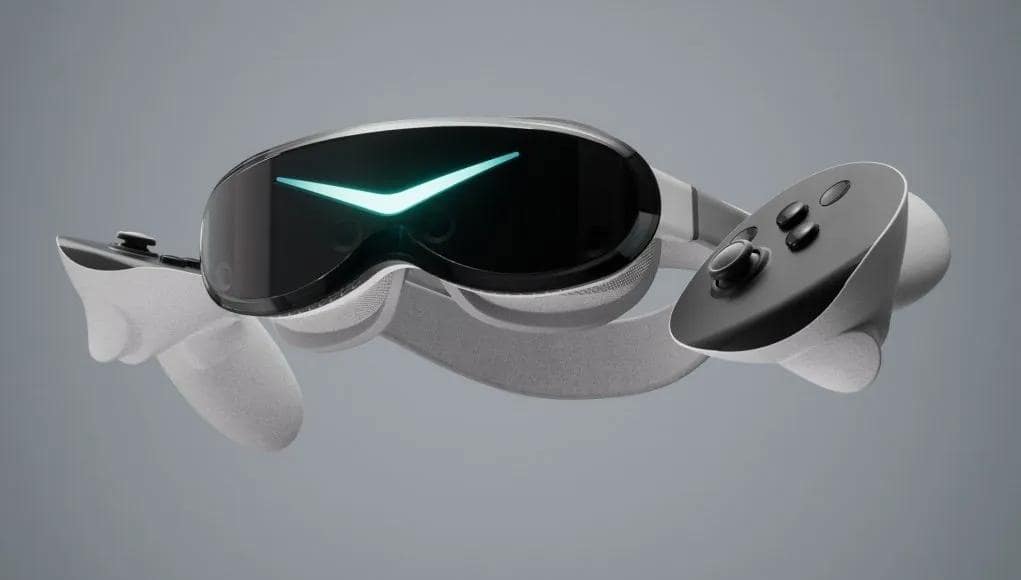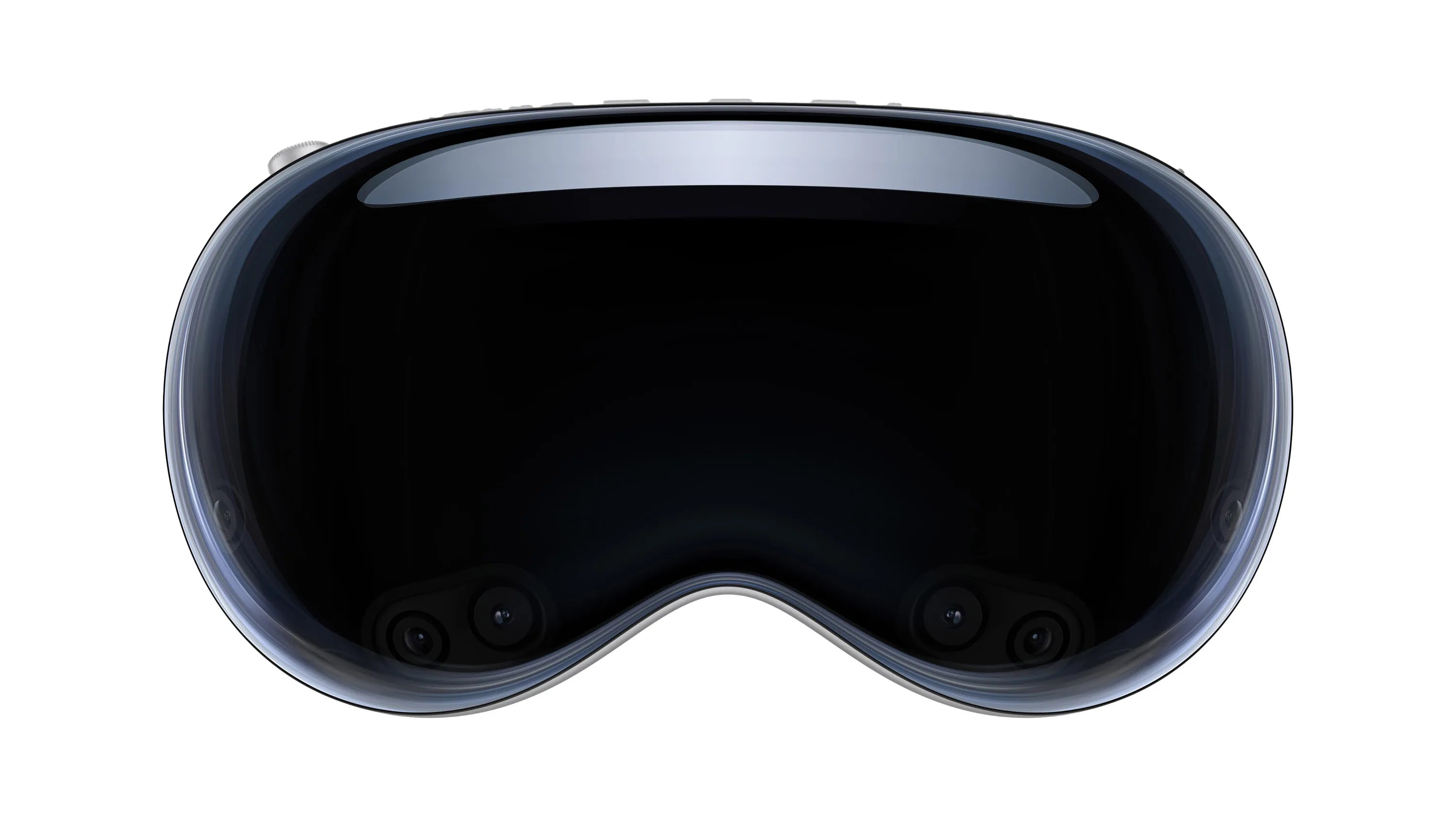Micro OLED panels vary: qVGA (320x240) for low-power, WVGA (800x480) for clarity; RGB variants hit 1M:1 contrast (mono: 500k:1), <5mW at 30Hz. Validate via datasheets for response time (<1ms) and efficiency in pro use.
Ruggedness
A display on a factory floor might face a constant 90 dB roar from machinery, shocks from a 2-ton hydraulic press, and temperature swings from a freezing -20°C overnight to a sweltering 45°C near an industrial oven. A standard consumer display has a Mean Time Between Failures (MTBF) of maybe 30,000 hours in a controlled setting, but here, it would be dead in months. Industrial Micro OLED modules are engineered from the ground up to defy these conditions. They are routinely rated for an operating temperature range of -40°C to +85°C, can withstand random vibration profiles exceeding 5 Grms, and survive shock loads of 50G, all while maintaining a MTBF that can surpass 80,000 hours.
A CMOS silicon backplane. Unlike conventional displays that use large, fragile glass substrates measuring hundreds of millimeters diagonally, the active area of a Micro OLED is a single silicon chip, typically measuring only 0.3 to 1.5 inches. This tiny, monolithic substrate is intrinsically more robust against mechanical stress. The probability of failure due to shock and vibration in a standard 10-inch LCD is orders of magnitude higher. We validate this through standardized tests like IEC 60068-2-6 for vibration and IEC 60068-2-27 for mechanical shock, where modules are subjected to frequencies from 10 Hz to 2 kHz and shock pulses with a duration of 6 milliseconds.
The most critical step is encapsulation. The delicate OLED layers are sealed under a protective barrier, and the entire module is often potted with a thermally conductive epoxy. This resin not only protects against humidity and condensation—preventing corrosion from a 95% relative humidity environment—but also acts as a heatsink, pulling heat away from the high-brightness LEDs. The front surface is typically a 1.1-mm thick chemically strengthened glass with a surface hardness of >7H, or even synthetic sapphire for extreme abrasion resistance. This creates a package that can reliably achieve an IP67 sealing rating, meaning it is totally dust-tight and can withstand immersion in 1 meter of water for 30 minutes. For comparison, here's how this stacks up against a typical industrial-grade LCD:
|
|
|
|
|
|---|---|---|---|
|
|
|
|
|
|
|
|
|
|
|
|
|
|
|
|
|
|
|
|
The result is a display that doesn't just "survive" but operates with 100% reliability where it matters. This engineering focus directly reduces the Total Cost of Ownership (TCO). By extending the service life from a few years to well over a 5-7 year lifecycle and slashing unplanned downtime by an estimated 90%, the higher initial unit cost of a ruggedized Micro OLED is quickly offset.
Visibility
Consider an operator trying to read a diagnostic screen under the glare of high-bay lighting exceeding 1,500 lux, or a technician outdoors in midday sun with ambient light levels over 100,000 lux. A standard 500-nit LCD panel becomes a useless mirror, potentially leading to a misread parameter that causes a 30-minute production halt, costing thousands. Industrial Micro-OLED modules are engineered to win this battle against light. With typical brightness ratings starting at 1,500 nits and ranging up to >3,000 nits for sunlight-readable applications, they ensure information is always clear.
Unlike LCDs that rely on a constant backlight struggling to block light for black levels, each of the >10 million pixels in a 4K-resolution, 1.3-inch Micro-OLED is an independent microscopic light source. This allows for perfect, infinite blacks with a luminance of 0.00 nits, which is critical for achieving a high contrast ratio. This per-pixel control also enables a sub-millisecond response time (often <0.1 ms), which is roughly 1,000 times faster than a standard industrial LCD. This eliminates all motion blur when displaying rapidly updating data streams from sensors or high-speed camera systems. For color performance, the technology offers a wide color gamut, frequently covering >95% of the DCI-P3 space, ensuring that color-coded alerts are accurate and distinguishable at a glance.
Key performance differentiators include:
-
Sunlight Readability: A 3,000-nit module can maintain a Contrast Ratio greater than 10:1 even under direct sunlight exceeding 100,000 lux, a scenario where a 1,000-nit display's effective contrast drops below the usable threshold of 3:1.
-
Viewing Angle: With a 178-degree viewing cone, there is virtually no color shift or contrast degradation. This means an accuracy deviation of less than ∆JNCD <5 even at extreme angles, allowing multiple operators to view data simultaneously without misinterpretation.
-
Optical Bonding: Many high-end modules feature optical bonding, where a transparent resin fills the air gap between the OLED panel and the cover glass. This increases the effective contrast ratio by another 30-40% in high-ambient light by reducing internal reflections, and it also improves mechanical durability.
A study on control room operators showed that high-ambient light can increase diagnostic time by up to 25%. The superior visibility of a Micro-OLED directly counters this, ensuring that a voltage spike or pressure drop is identified in under 2 seconds, not 10.
Applications
A 15% reduction in assembly errors, a 20% faster diagnostic time, or the prevention of a multi-million dollar avionics failure. These modules are deployed in environments where the ambient light can swing from 0.1 lux in a dimmed control room to over 120,000 lux on a tarmac, and where a single misread value due to poor contrast can trigger a 45-minute production halt, costing upwards of $5,000 in lost throughput.
The applications are diverse but share a common thread: a critical need for unambiguous visual information in challenging conditions.
-
Industrial Augmented Reality (AR) & Smart Glasses: In logistics, AR smart glasses equipped with a 0.6-inch, 1280x1024 resolution micro-OLED display overlay picking information directly onto a worker's field of view. This has been shown to increase picking accuracy by 99.9% and speed by 25%.
-
Minimally Invasive Surgery & Medical Imaging:A 4K resolution micro-OLED display integrated into a surgical console provides a crystal-clear view for procedures like laparoscopy. The technology's 1,000,000:1 contrast ratio allows surgeons to distinguish subtle tissue variations and blood vessels with a precision that LCDs cannot match.
-
Avionics & Defense Head-Up Displays (HUDs): Fighter jet HUDs require brightness levels exceeding 10,000 nits to be visible against bright clouds. Micro-OLEDs, with their high luminance and exceptional contrast, project critical flight data onto the cockpit canopy, allowing pilots to maintain situational awareness without looking down. The technology's ruggedness to withstand 15G shocks and operate at -55°C at 30,000 feet is non-negotiable for mission success.
-
High-End Industrial HMIs and Portable Test Equipment: On a manufacturing line, a compact, 5-inch HMI powered by a micro-OLED module remains perfectly readable under the 1,000-lux glare of factory lights. Its -40°C to 85°C operating range means it functions flawlessly next to an injection molding machine that cycles its ambient temperature by 30°C every hour.
En lire plus

Micro OLED panels vary: qVGA (320x240) for low-power, WVGA (800x480) for clarity; RGB variants hit 1M:1 contrast (mono: 500k:1), <5mW at 30Hz. Variants The core differentiator lies in how the 8....

Choose Micro OLEDs for VR: 0.9" panels deliver 50°+ FOV, sub-10μs gray-scale response (system latency <20ms to reduce dizziness), and >1M:1 contrast. Validate via optical simulation and timin...



Laisser un commentaire
Ce site est protégé par hCaptcha, et la Politique de confidentialité et les Conditions de service de hCaptcha s’appliquent.